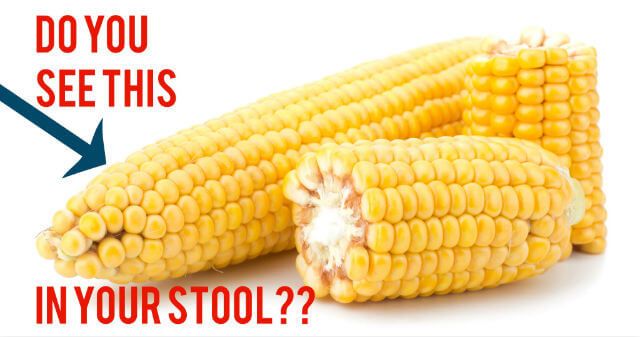

This is not the same as cow milk sensitivity(CMS), so it’s important to understand the difference between the two. It could also possibly be associated with constipation and straining (which may be how food sensitivity is expressed in some children), or it may be indicative of a more serious underlying condition such as a Cow Milk Protein Allergy (CMPA). This may reflect a local concern, for example, hemorrhoid or fissure. Excessive mucus may be associated with teething or an infection, but it can also possibly be related to food sensitivity. While mucus may appear in small amounts in poop, a consistent increase may not be normal, especially if it is accompanied by other changes in bowel habits, abdominal pain, or blood. This may also be accompanied by a greasy, oil slick appearance along the top of the toilet water. Poop that frequently floats in the toilet, rather than sinks, may be associated with poor absorption of nutrients, especially fat. In addition to assessing the quality of your child’s poop with the Bristol Stool Chart, there are some other stool features that you’ll want to keep an eye out for that may reflect underlying food sensitivity, such as: Poop That Floatsįood sensitivity can contribute to irritation and inflammation in the intestines and may affect nutrient absorption.

Type 1 and 2 suggest constipation and Type 6 and 7 indicate diarrhea – both of which may be associated with food sensitivity. Ideally, stools should resemble Type 3, 4, and 5. The Bristol Stool Chart is a visual guide that is divided into 7 categories.įor children who are eating solids, this chart provides one way to identify potential digestive troubles. Shape and Consistencyĭeveloped by researchers to assess poop quality. Here’s what we suggest parents pay attention to – and some simple ways to promote good digestive health for your child. To put it simply, poop is what’s left over once the food has passed through the digestive system, where nutrients and water are absorbed.īy keeping track of changes in the properties of poop, such as frequency, shape, texture, and consistency, you can gain insight into your child’s digestive health. However, there are several common components – poop is made up of water, bacteria, undigested food and fiber, small amounts of fat, inorganic matter, small amounts of mucous, mineral salts (ash), and some other proteins.

Poop will vary, from child to child, and day to day (depending on what is eaten). Each child is different, but here are some features of poop to keep an eye on – and what clues they can provide about your little one’s digestive health. And, you may be surprised to learn, it has a lot to say! It can tell you whether they are eating enough fiber, adequately hydrated, digesting food optimally, or even experiencing food sensitivity. Your child’s poop is an indicator of health.


 0 kommentar(er)
0 kommentar(er)
